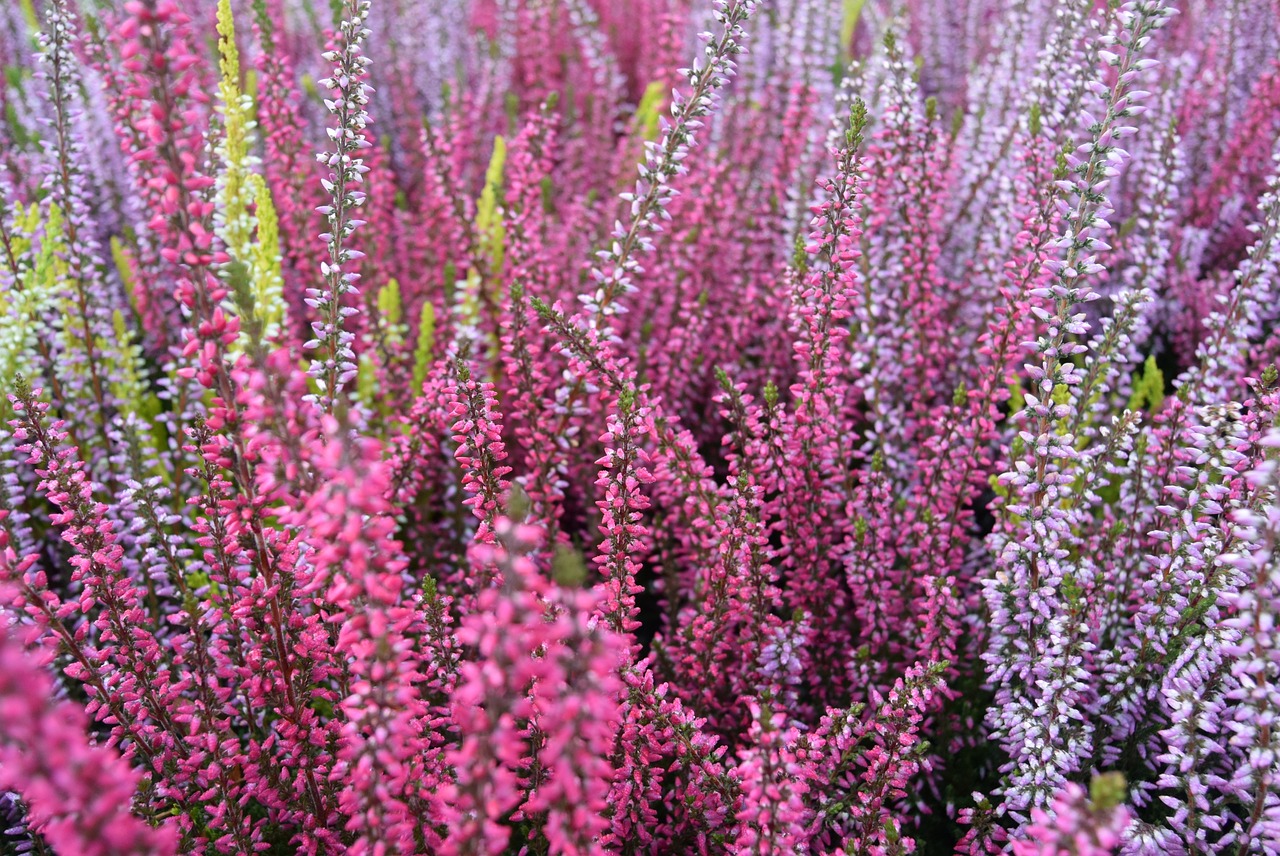Blueberry: Features and Care

Blueberries are known for their small, urn-shaped flowers and sweet, tangy fruit. Popular as garden shrubs and fruit-bearing plants, they are also well-suited for home cultivation.
In this article, I will explore the basic information about blueberries, their cultural and historical significance, and practical tips for growing them.
Basic Information
- Scientific Name: Vaccinium spp.
- Family: Ericaceae
- Origin: North America
- Appearance: Blueberry flowers are small, urn-shaped, and delicate, with white or pale pink hues. The fruit is round, glossy, and blue-purple in color. Blueberry plants are typically low shrubs, with compact to larger varieties available.
- Blooming Season: Spring (April–May)
- Fruit Harvesting Season: Early summer to mid-summer (June–August)
Cultural Significance Around the World

Blueberry flowers are cherished not only for their subtle beauty but also for the plant’s practical value, making them loved worldwide. In North America, blueberries have deep cultural ties to Native American communities, where both the flowers and fruit were considered gifts from nature. The flower’s shape, resembling a star, has led to blueberries being called “star fruit” in some traditions.
In Japan, blueberries were initially introduced for fruit cultivation but have also gained popularity among gardening enthusiasts for ornamental purposes. In Europe and the United States, blueberry shrubs symbolize “family connection,” often planted in home gardens as a source of bonding and nourishment.
Historical Episodes
Blueberries have long been an essential plant for Native American communities, used not only as a food source but also as a cultural and ceremonial symbol. The fruit was often dried and stored for winter use, serving as an important resource during colder months.
In the early 20th century, American agricultural scientist Frederick Coville advanced the commercial cultivation of blueberries by improving wild varieties. His efforts laid the foundation for today’s global blueberry industry. Further improvements by horticulturists and farmers led to the development of various hybrid varieties suited to diverse growing conditions.
Gardening Advice

Blueberries are relatively easy to grow at home, provided the right environment is established. Follow these key tips for successful cultivation:
Sunlight
Ensure 6–8 hours of direct sunlight daily. Adequate sunlight enhances flower production and fruit sweetness.
Soil
Blueberries thrive in acidic soil with a pH range of 4.5–5.5. Amend garden soil with peat moss or sulfur to achieve the ideal acidity, and ensure the soil has good drainage.
Watering
Keep the soil consistently moist but not waterlogged to avoid root rot. Regular watering is especially important during the summer when the soil tends to dry out quickly.
Fertilizer
Use fertilizers designed for acid-loving plants during the growth period. Apply in late winter to early spring to support healthy development, but avoid over-fertilizing, as it may affect fruit quality.
Pruning
Conduct pruning during the plant’s dormant period in winter. Remove old and unnecessary branches to improve airflow and encourage healthy new growth.
Pollination
Planting two or three different varieties of blueberries nearby will enhance cross-pollination, leading to better fruit yield and quality.
Conclusion
Blueberries are not only attractive for their delicate flowers and flavorful fruit but also easy to cultivate at home. With proper care, they provide the joy of harvesting fresh fruit year after year.
Incorporate blueberries into your garden or as container plants and experience the satisfaction of nurturing and enjoying this wonderful plant.




